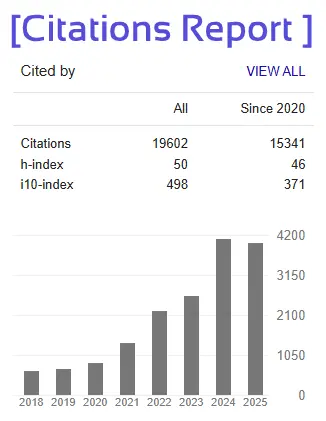Student Attentiveness Monitoring a Surveillance System for Virtual Class
Prof. Anil Lohar Sir
Department Of Computer Engineering
ABMSP’S Anantrao Pawar College Of Engineering and Research Pune, India
anil.lohar@abmspcoerpune.org
Prajwal Baderao
Department Of Computer Engineering
ABMSP’S Anantrao Pawar College Of Engineering and Research Pune, India
prajwalashapramodbaderao@gmail. Com
Gorkshnath Chavan
Department Of Computer Engineering
ABMSP’S Anantrao Pawar College Of Engineering and Research Pune, India
gorkshnathchavan10@gmail.com
Avishkar Chandgude
Department Of Computer Engineering
ABMSP’S Anantrao Pawar College Of Engineering and Research Pune, India
avishkarchandgude22@gmail.com
Sana Sayyad
Department Of Computer Engineering
ABMSP’S Anantrao Pawar College Of Engineering and Research Pune, India
sanadsayyad923@gmail.com
Abstract— With the rapid shift toward online education, maintaining student attentiveness in virtual classrooms has become increasingly critical. Existing literature demonstrates promising advancements in computer vision–based systems that analyze facial expressions, eye gaze, head pose, and affective states to estimate student engagement However, many current approaches focus narrowly on visual attention, overlooking behavioral and contextual factors that influence sustained focus. This research proposes a multi-modal attentiveness monitoring framework integrating three complementary data streams: (1) visual cues (e.g., eye closure, gaze direction, facial emotion), (2) behavioral indicators (e.g., response latency to in-class polls or prompts), and (3) contextual metrics logged from the virtual learning environment (e.g., tab-switch frequency, participation in quizzes/discussions). Leveraging a hybrid model that combines convolutional neural networks (CNNs) for facial analysis and Long Short-Term Memory (LSTM) networks for temporal behavioral modeling, the framework outputs a continuous attentiveness score designed for instructor dashboards. Evaluation on a public dataset (e.g., DAiSEE) and a new classroom session corpus achieves over 90% classification accuracy in identifying 'attentive' vs. 'not attentive' states. The system further supports adaptive teaching interventions: for instance, when attention dips below a threshold, it can trigger interactive polls or highlight-of-focus reminders. The findings suggest that a richer, multi- modal monitoring approach not only improves detection accuracy but also enhances pedagogical responsiveness, fostering a more engaging and effective online learning environment.
Keywords—Virtual learning environments (VLEs), Remote student monitoring, Attention recognition systems, Educational data mining (EDM), Real-time attentiveness analytics, Cognitive engagement analysis, Computer vision in education, Deep learning for behavior analysis, Facial landmark detection







